Advertisement|Remove ads.
Efficiency and digitisation to drive Kotak’s push into India’s top three: Ashok Vaswani
Uday Kotak, Founder & Director of Kotak Mahindra Bank, and Ashok Vaswani, MD & CEO, outline the bank’s next phase of growth—focusing on profitability, digital transformation, NIM stability, investor trends, and sector risks—as Kotak Mahindra Bank completes 40 years.
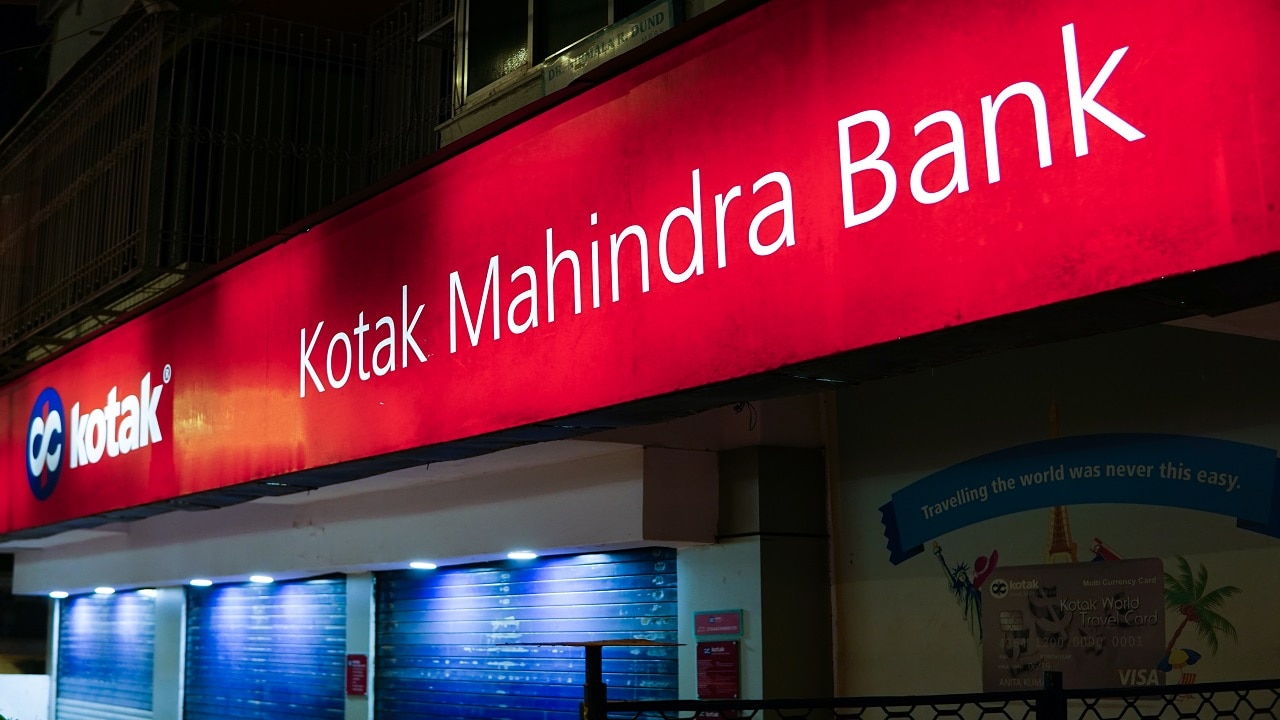
Kotak Mahindra Bank is marking 40 years since it began as a small ₹30-lakh NBFC, and both Uday Kotak, Founder & Director of Kotak Mahindra Bank and Ashok Vaswani, MD & CEO of Kotak Mahindra Bank, joined CNBC-TV18 to talk about what comes next.
Kotak spoke about how the bank has grown over the decades and shared his view on the broader environment, including the possibility of a rate cut and the changing behaviour of foreign investors.
Vaswani explained that the bank’s main goal is to become one of the “third largest, most profitable financial services groups” in India, supported by a sharper focus on efficiency, digitisation, and franchise value.
He also made it clear that the group does not plan to monetise or unlock any of its businesses soon, as their value continues to grow within the larger franchise.
Vaswani said NIMs should stabilise, credit costs are moderating, and MFIs are recovering, even as retail CVs remain under stress. He added that consumption has held up well after GST cuts.
Kotak, meanwhile, pointed out that global investors are cautious because valuations are high and emerging markets have a smaller share of the global market cap. Together, they highlighted the bank’s focus on profitability, technology, and steady expansion.
These are the edited excerpts of the interview.
Q: Let us talk about the ambition in terms of how much you intend to grow your loan book and what you believe it could potentially look like over the next few years. Today, at about ₹5 lakh crores, Axis Bank is just above you, at almost ₹11 lakh crores. What is the aspiration on that front?
Vaswani. It is about an ambition for profitability, which is obviously linked to the balance sheet, but essentially, it is about profitability. How, as a group, can we become maybe the third-largest, most profitable financial services group in the country among the private sector banks? More importantly, serve our customers and become the most valued franchise.
Q: You just unveiled this ‘One Kotak’ campaign. Could we potentially look at some of your businesses being unlocked or monetised in the near future?
Vaswani: Kotak is the broadest financial conglomerate in the country. This conglomerate allows us to take advantage of whatever changes may be happening in the financial services sector, whether it's savers becoming investors or corporates going from bank balance sheets to corporate bonds capital markets; we can serve these customers across the group. That is the power of this group. That embedded value is growing. Why would we monetise it early?
I honestly do not see the value of monetising it right away.
Q: You said profitability is going to be the focus area for you. As far as profitability is concerned, do you feel like you have peaked, or can you operate by way of levers to do better, and is the era of 5% kind of NIMs behind us as well?
Vaswani: Looking at one quarter may not be the best way. From here on, NIMs will stabilise and even potentially improve, unless there is another rate cut, which is a completely different conversation. Like we said at the quarterly results, credit cost is moderate, and we are spending a lot of time and effort automating and digitising Kotak, which is allowing us to get efficient on cost. I am optimistic that we can kind of grow our profitability.
Q: Let us get into the rate cut debate. Record low inflation. What is the expectation of a rate cut as early as December or sometime early next year?
Kotak: I believe between December and February, there is a fair chance of one rate cut of 25 basis points.
Q: As far as FDI is concerned, large deals are happening from IDFC Bank to RBL Bank to Yes Bank to Federal Bank as well. What do you make of this?
Kotak: First, you have to distinguish between private equity and strategic. So out of the deals you mentioned, there are two strategic deals. One is SMBC into Yes Bank, and the second is Emirates NBD into RBL Bank. That is very different from Blackstone and Warburg into IDFC and Federal Bank.
Those are financial investors at the core. The strategics are taking a long-term commitment to India, and I would welcome it, as long as we have consistent rules for similar financial institutions across the board.
Q: The question is whether you still have the appetite to do IDBI Bank. How serious is Kotak’s ambition there?
Vaswani: Our goal is to transform for scale. We look at it; if it makes strategic sense, then we go to the valuation and see whether, financially, it kind of makes sense.
Q: What signals are you getting from the market at this point in time? You flagged the pain in the commercial vehicle space as well as the MFI space. Does that continue to be a significant cause for concern?
Vaswani: In MFI, the worst is passed, at least for us. We always said quarter one would be the peak. Our quarter two results demonstrated that, and it's fast coming back to kind of normal.
For about two quarters, we have said that the CV space is going through a bit of stress, particularly in the retail CV space, and that kind of continues. That whole industry has gone through quite a significant transformation, and we will see how that plays out. But that's very consistent with the commentary, with our quarter two results.
Q: We have seen the GST cuts coming, and the expectation is that this will now be a sustained pull on consumption. What are you seeing on that front at this point?
Vaswani: We have seen October hold quite nicely, and across consumer expenditure, OEMs, and the rural economy as well. Because of the pent-up demand, there will be some levelling off, but generally speaking, should this lead to further consumption, I would say yes.
Q: We have seen FPI make a little bit of a comeback into the markets. What do you believe is holding them back? Is it a valuation primarily, or is it also to do with structural issues like capital gains?
Kotak: There are easy parts in the world to make returns today. There is a fundamental view of the shrinking size of emerging markets in global market cap, and that, along with valuations, which are reasonably rich, makes global investors ask the question, Is the best place to put money in India or Korea?.
Q: Coming back to the bank in specific, what would you believe are your biggest challenges or risks today? Cost of funds is right up there, perhaps amongst the top risks. What would the others be?
Vaswani: If you look at it from an industry perspective, at least at private banks, we are pretty much the best amongst the best from a cost of funds perspective. At the end of the day, deposits are our raw material, and getting raw material at a cheap price obviously helps you grow and grow easier on the asset side. It is something that we pay a lot of attention to.
Then technology, this is something which has the ability to really get us to differentiate and get us to become far more efficient and productive.
Q: Do you believe that the government's move towards the next round of PSB consolidation is not just necessary but warranted?
Kotak: I think the government is moving in the right direction to get fewer, bigger public sector banks. I completely agree with that as a strategy; having said that, I am more concerned with an even more fundamental issue: how do you ensure banks have a mindset which is service for financial intermediation and not living off a regulatory moat alone, and that's the mindset change and breakthrough which is required.
Read Also: How Uday Kotak built a bank on ₹30 lakh: The untold startup story behind Kotak Mahindra Bank
For the entire discussion, watch the accompanying video
Kotak spoke about how the bank has grown over the decades and shared his view on the broader environment, including the possibility of a rate cut and the changing behaviour of foreign investors.
Vaswani explained that the bank’s main goal is to become one of the “third largest, most profitable financial services groups” in India, supported by a sharper focus on efficiency, digitisation, and franchise value.
He also made it clear that the group does not plan to monetise or unlock any of its businesses soon, as their value continues to grow within the larger franchise.
Vaswani said NIMs should stabilise, credit costs are moderating, and MFIs are recovering, even as retail CVs remain under stress. He added that consumption has held up well after GST cuts.
Kotak, meanwhile, pointed out that global investors are cautious because valuations are high and emerging markets have a smaller share of the global market cap. Together, they highlighted the bank’s focus on profitability, technology, and steady expansion.
These are the edited excerpts of the interview.
Q: Let us talk about the ambition in terms of how much you intend to grow your loan book and what you believe it could potentially look like over the next few years. Today, at about ₹5 lakh crores, Axis Bank is just above you, at almost ₹11 lakh crores. What is the aspiration on that front?
Vaswani. It is about an ambition for profitability, which is obviously linked to the balance sheet, but essentially, it is about profitability. How, as a group, can we become maybe the third-largest, most profitable financial services group in the country among the private sector banks? More importantly, serve our customers and become the most valued franchise.
Q: You just unveiled this ‘One Kotak’ campaign. Could we potentially look at some of your businesses being unlocked or monetised in the near future?
Vaswani: Kotak is the broadest financial conglomerate in the country. This conglomerate allows us to take advantage of whatever changes may be happening in the financial services sector, whether it's savers becoming investors or corporates going from bank balance sheets to corporate bonds capital markets; we can serve these customers across the group. That is the power of this group. That embedded value is growing. Why would we monetise it early?
I honestly do not see the value of monetising it right away.
Q: You said profitability is going to be the focus area for you. As far as profitability is concerned, do you feel like you have peaked, or can you operate by way of levers to do better, and is the era of 5% kind of NIMs behind us as well?
Vaswani: Looking at one quarter may not be the best way. From here on, NIMs will stabilise and even potentially improve, unless there is another rate cut, which is a completely different conversation. Like we said at the quarterly results, credit cost is moderate, and we are spending a lot of time and effort automating and digitising Kotak, which is allowing us to get efficient on cost. I am optimistic that we can kind of grow our profitability.
Q: Let us get into the rate cut debate. Record low inflation. What is the expectation of a rate cut as early as December or sometime early next year?
Kotak: I believe between December and February, there is a fair chance of one rate cut of 25 basis points.
Q: As far as FDI is concerned, large deals are happening from IDFC Bank to RBL Bank to Yes Bank to Federal Bank as well. What do you make of this?
Kotak: First, you have to distinguish between private equity and strategic. So out of the deals you mentioned, there are two strategic deals. One is SMBC into Yes Bank, and the second is Emirates NBD into RBL Bank. That is very different from Blackstone and Warburg into IDFC and Federal Bank.
Those are financial investors at the core. The strategics are taking a long-term commitment to India, and I would welcome it, as long as we have consistent rules for similar financial institutions across the board.
Q: The question is whether you still have the appetite to do IDBI Bank. How serious is Kotak’s ambition there?
Vaswani: Our goal is to transform for scale. We look at it; if it makes strategic sense, then we go to the valuation and see whether, financially, it kind of makes sense.
Q: What signals are you getting from the market at this point in time? You flagged the pain in the commercial vehicle space as well as the MFI space. Does that continue to be a significant cause for concern?
Vaswani: In MFI, the worst is passed, at least for us. We always said quarter one would be the peak. Our quarter two results demonstrated that, and it's fast coming back to kind of normal.
For about two quarters, we have said that the CV space is going through a bit of stress, particularly in the retail CV space, and that kind of continues. That whole industry has gone through quite a significant transformation, and we will see how that plays out. But that's very consistent with the commentary, with our quarter two results.
Q: We have seen the GST cuts coming, and the expectation is that this will now be a sustained pull on consumption. What are you seeing on that front at this point?
Vaswani: We have seen October hold quite nicely, and across consumer expenditure, OEMs, and the rural economy as well. Because of the pent-up demand, there will be some levelling off, but generally speaking, should this lead to further consumption, I would say yes.
Q: We have seen FPI make a little bit of a comeback into the markets. What do you believe is holding them back? Is it a valuation primarily, or is it also to do with structural issues like capital gains?
Kotak: There are easy parts in the world to make returns today. There is a fundamental view of the shrinking size of emerging markets in global market cap, and that, along with valuations, which are reasonably rich, makes global investors ask the question, Is the best place to put money in India or Korea?.
Q: Coming back to the bank in specific, what would you believe are your biggest challenges or risks today? Cost of funds is right up there, perhaps amongst the top risks. What would the others be?
Vaswani: If you look at it from an industry perspective, at least at private banks, we are pretty much the best amongst the best from a cost of funds perspective. At the end of the day, deposits are our raw material, and getting raw material at a cheap price obviously helps you grow and grow easier on the asset side. It is something that we pay a lot of attention to.
Then technology, this is something which has the ability to really get us to differentiate and get us to become far more efficient and productive.
Q: Do you believe that the government's move towards the next round of PSB consolidation is not just necessary but warranted?
Kotak: I think the government is moving in the right direction to get fewer, bigger public sector banks. I completely agree with that as a strategy; having said that, I am more concerned with an even more fundamental issue: how do you ensure banks have a mindset which is service for financial intermediation and not living off a regulatory moat alone, and that's the mindset change and breakthrough which is required.
Read Also: How Uday Kotak built a bank on ₹30 lakh: The untold startup story behind Kotak Mahindra Bank
For the entire discussion, watch the accompanying video
Read about our editorial guidelines and ethics policy




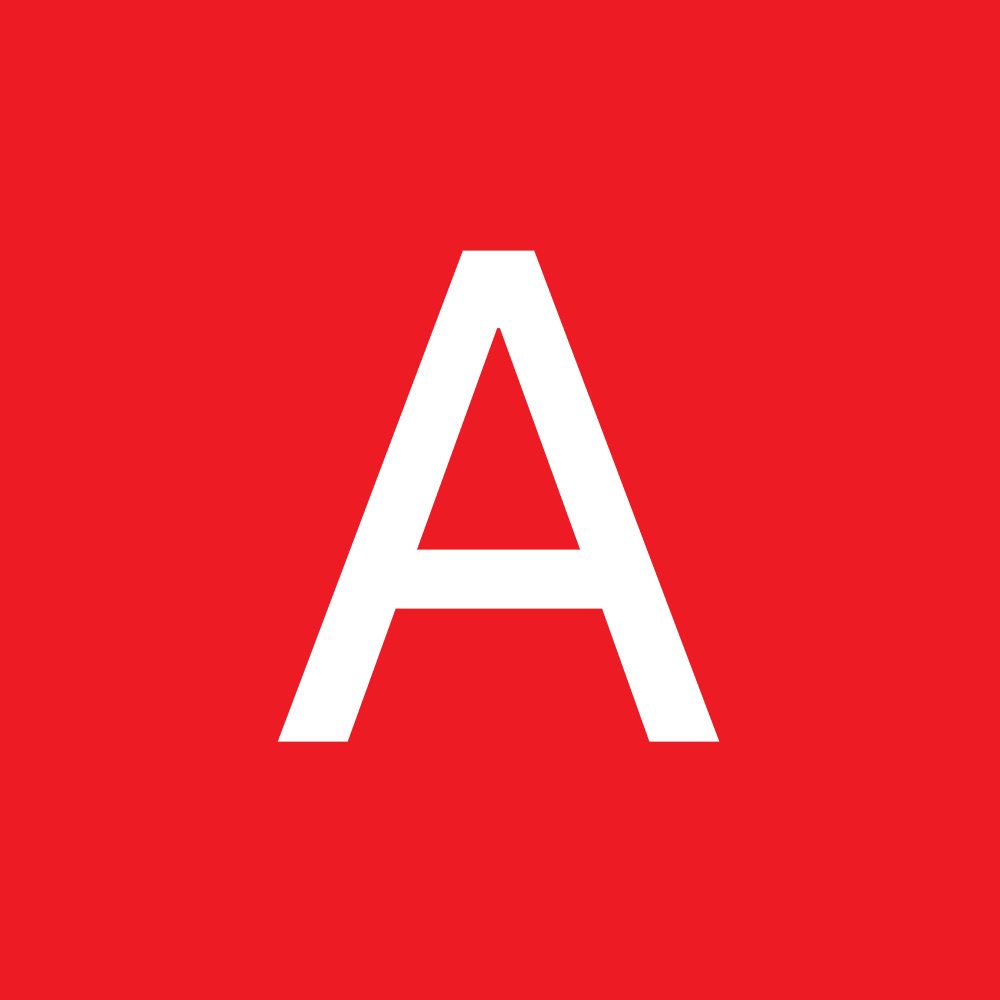
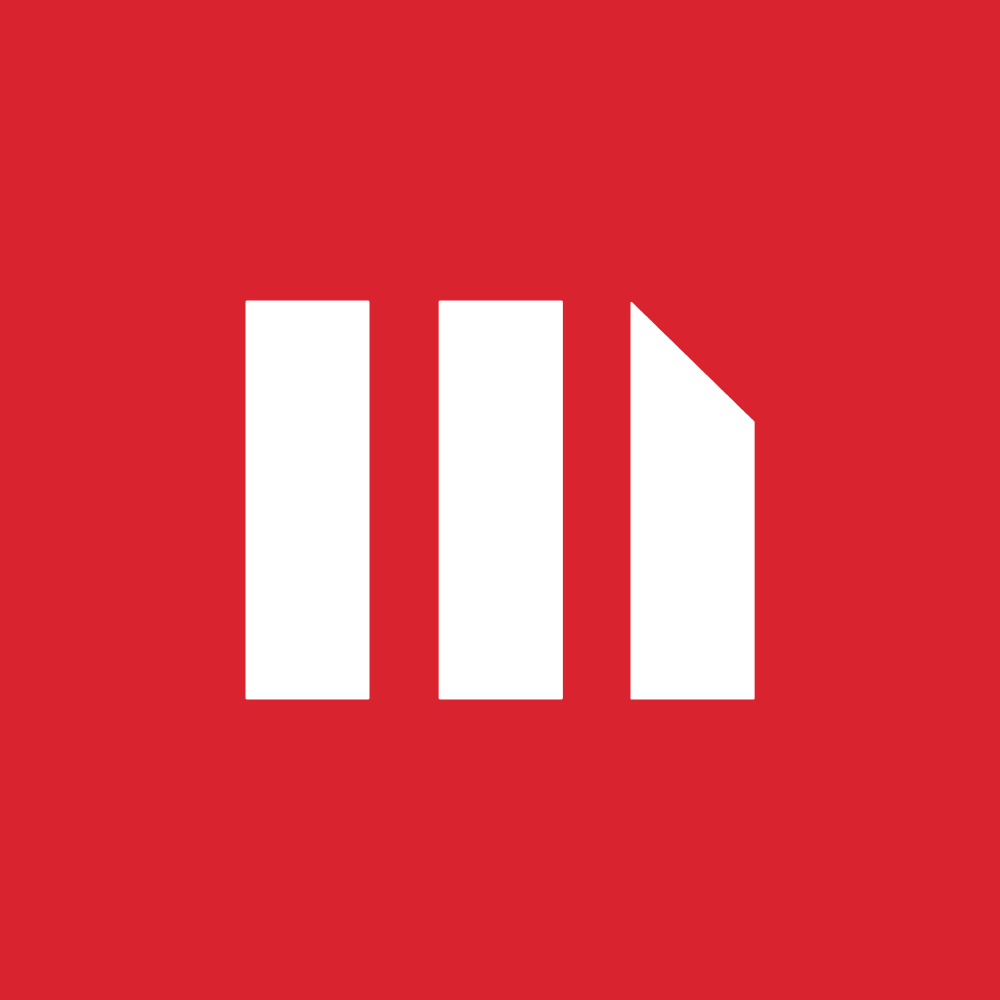



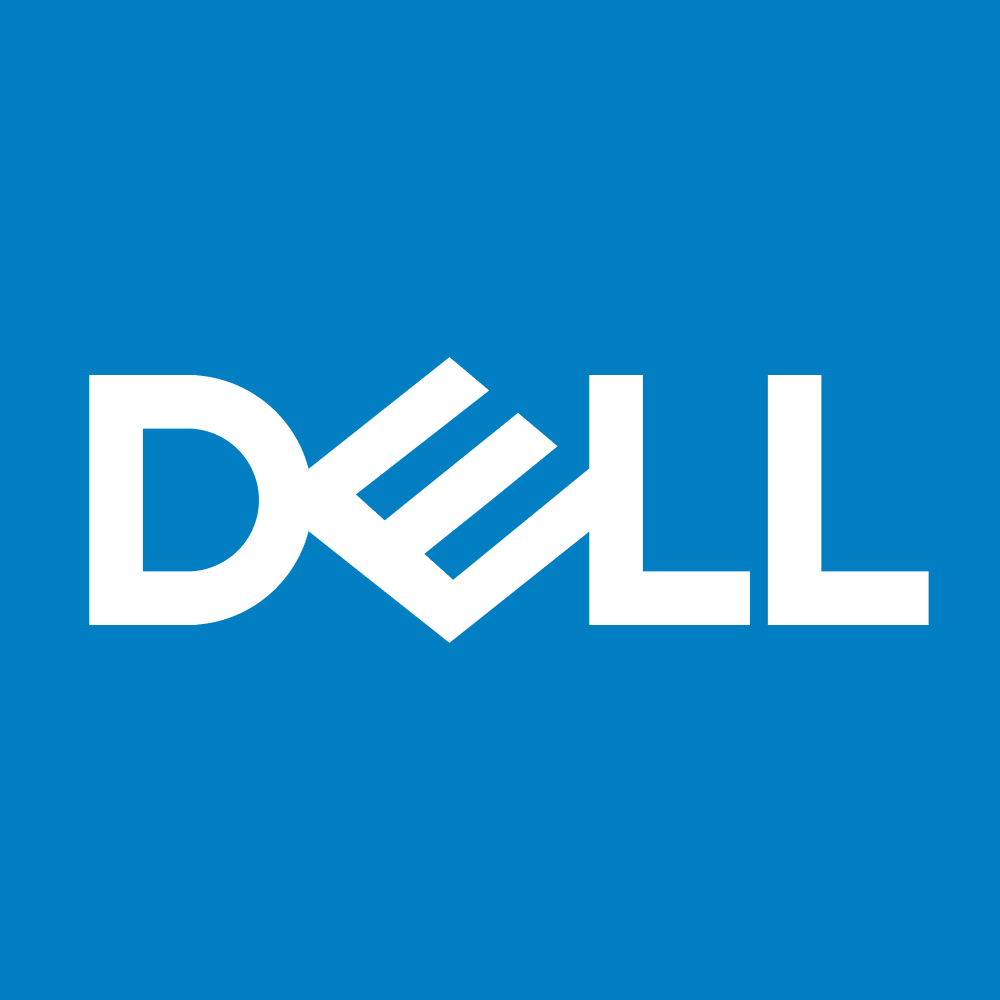
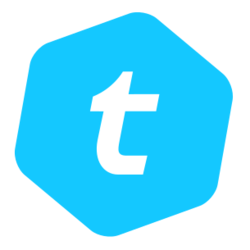
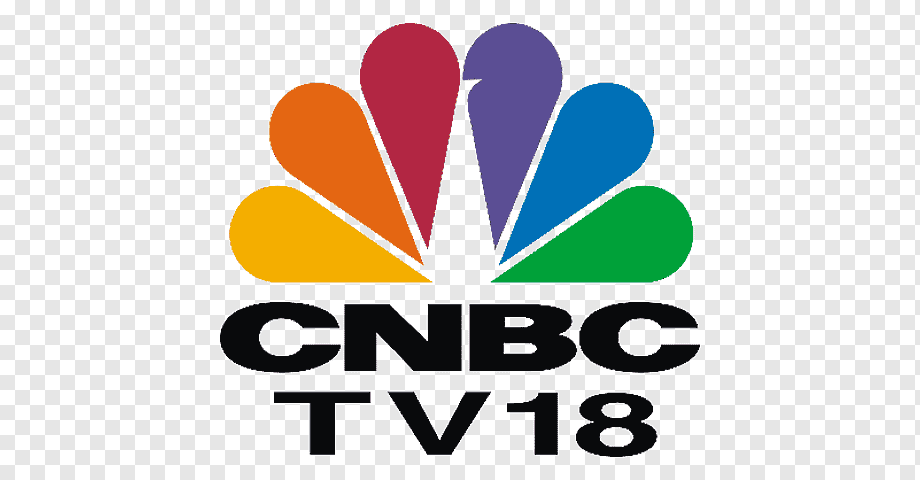
/filters:format(webp)https://news.stocktwits-cdn.com/large_UAL_New_47917d2c93.webp)
/filters:format(webp)https://st-everywhere-cms-prod.s3.us-east-1.amazonaws.com/Sourasis_Bose_Author_Image_939f0c5061.jpg)
/filters:format(webp)https://news.stocktwits-cdn.com/large_anavex_jpg_c0e70c2f1e.webp)
/filters:format(webp)https://news.stocktwits-cdn.com/IMG_8805_JPG_6768aaedc3.webp)
/filters:format(webp)https://news.stocktwits-cdn.com/large_Getty_Images_452234922_jpg_69ccc1e440.webp)
/filters:format(webp)https://st-everywhere-cms-prod.s3.us-east-1.amazonaws.com/IMG_9209_1_d9c1acde92.jpeg)
/filters:format(webp)https://images.cnbctv18.com/uploads/2024/09/shutterstock-2364515953-2024-09-26a9be44ef65239a61567e85fae80831-scaled.jpg)
/filters:format(webp)https://st-everywhere-cms-prod.s3.us-east-1.amazonaws.com/cnbctv18logo.png)
/filters:format(webp)https://news.stocktwits-cdn.com/large_tesla_fsd_jpg_e90331e6a6.webp)
/filters:format(webp)https://news.stocktwits-cdn.com/large_michael_burry_resized_jpg_2e123572a7.webp)
/filters:format(webp)https://st-everywhere-cms-prod.s3.us-east-1.amazonaws.com/shanthi_v2_compressed_98c13b83cf.png)